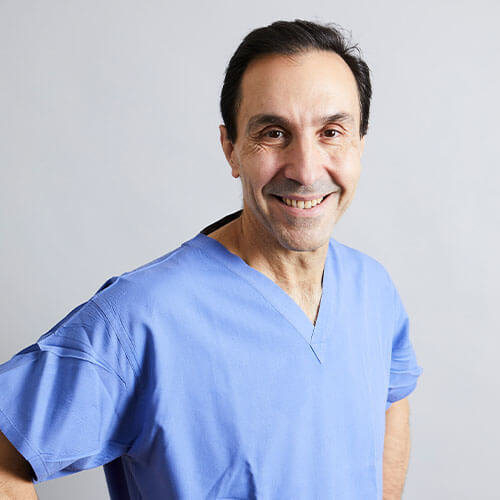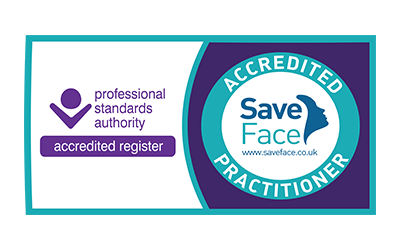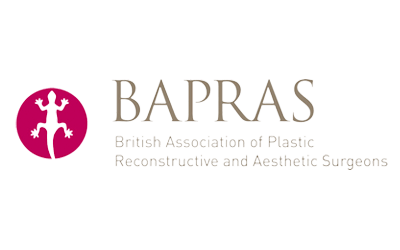Do you have excess skin hanging from your inner thighs due to weight loss? An inner thigh lift provides a solution. At Karidis Clinic, all thigh lift surgery procedures are carried out by some of the best-known thigh lift surgeons in London.
A thigh lift is a surgical operation that lifts and tightens the loose skin folds on your thighs and reduces the excess skin, leaving you with a firmer, smoother contour. It’s often performed on patients who have experienced drastic and/or sudden weight loss, where the skin has been stretched and hangs from the inner thighs.
This surgery is usually concentrated on the excess skin of the inner thigh region and does not lift the front or back of the thigh. You may also want to read about liposuction as this is often performed alongside this surgical procedure at our London clinic.



































